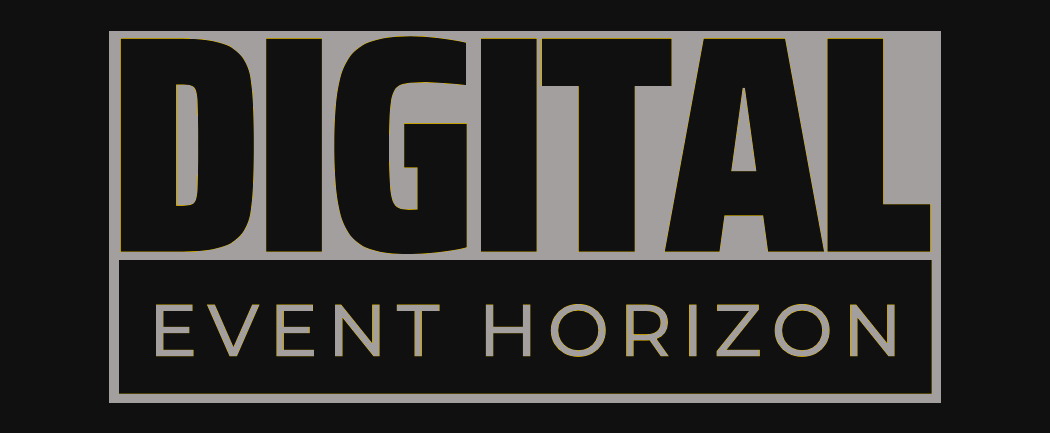Digital Event Horizon
The Future of Work: How AI is Redefining Organizational Strategy
As AI technology continues to evolve at an unprecedented rate, businesses are being forced to reexamine their organizational structures and strategies in order to remain competitive. According to recent trends, the integration of human and artificial intelligence will become a core component of organizational design and strategy, leading to a fundamental shift in how companies operate.
The traditional hierarchical structure is on the cusp of a seismic shift, with forward-thinking companies embracing human-AI collaboration. Large language models (LLMs) have revolutionized the way we interact with technology and are being leveraged for collaborative synergy. Companies are reimagining their organizational structures, processes, and culture to harness the collective intelligence of their workforce and AI capabilities. Larger organizations can unlock new growth by leveraging human-AI collaboration and moving beyond individual use cases to organizational-level integration. AI-native startups will be characterized by small, highly skilled human teams working in concert with sophisticated AI systems. The journey to becoming an AI-integrated organization for larger companies requires significant research and development efforts and a shift in expertise from IT to workers and managers across departments. The future of work is about harnessing the unique strengths of both humans and artificial intelligence to achieve unprecedented levels of productivity and innovation.
In a groundbreaking development, the way businesses approach organizational strategy is on the cusp of a seismic shift. Gone are the days of traditional hierarchies and rigid structures; instead, forward-thinking companies will be embracing a new paradigm that leverages the unique strengths of both humans and artificial intelligence.
The roots of this transformation can be traced back to large language models (LLMs), which have revolutionized the way we interact with technology. These cutting-edge AI systems have primarily worked as individual-level assistants, automating tasks and augmenting human capabilities. However, their true potential lies not in solo performance but in collaborative synergy.
As companies begin to recognize the value of human-AI collaboration, they will start to reimagine their organizational structures, processes, and culture from scratch. This is a far cry from the traditional top-down approach that has dominated corporate America for decades. In fact, startups are already leading the charge, with many portfolio companies promising to maintain lean teams of no more than 30 people while relying on AI to scale their operations without traditional overhead.
The benefits of this approach may be even more significant for large, established organizations. By harnessing the collective intelligence of their workforce and leveraging AI to route around inefficiencies, these companies can unlock new growth and tap into untapped potential. The key to unlocking this transformation lies in moving beyond individual use cases to organizational-level integration.
Venture capitalists report a growing trend of portfolio companies promising to maintain lean teams and rely on AI for scaling operations without traditional overhead. However, the true power of LLMs will only be realized when entire organizations are built around human-AI collaboration from day one. These "AI-native" startups will be characterized by small, highly skilled human teams working in concert with sophisticated AI systems to achieve outputs that rival those of much larger traditional organizations.
The journey to becoming an AI-integrated organization for larger companies will be more complex but potentially more rewarding. To realize the full potential of LLMs, these organizations will need to undertake significant research and development efforts to understand how to best leverage AI within their specific context. This process will reveal an important truth: Since AI works less like traditional software, and more like a person (even though it isn't one), there's no reason to assume that the IT department has the best AI prompters or any particular insight into the most effective uses of AI within the organization.
Thus, while IT will certainly play a crucial role in implementing and maintaining AI systems, the actual use cases and innovations will come from workers and managers across all departments who discover opportunities to use AI to enhance their job performance. In fact, for large companies, the source of any real advantage in AI will come from the expertise of their employees, which is needed to unlock the latent knowledge and capabilities within AI systems.
The organizational structures that emerge from this AI integration will look markedly different from traditional hierarchies. We may see the rise of more fluid, project-based structures where teams form and dissolve rapidly around specific goals, with AI systems acting as connectors and facilitators. Middle management roles may evolve to focus more on human-AI coordination rather than traditional supervisory tasks.
In 2025, the most successful companies won't be those with the most advanced AI technologies but those that can most effectively combine human and artificial intelligence to create new forms of value. The future of work is not about replacing humans with machines; it's about harnessing the unique strengths of both to achieve unprecedented levels of productivity and innovation.
As we look ahead to 2025, one thing is clear: the integration of AI into our daily lives will no longer be a product of individual-level use cases but an organizational-level strategy for all. The coming year will mark a tipping point where AI moves from being a tool for individual productivity to a core component of organizational design and strategy.
Related Information:
https://www.wired.com/story/artificial-intelligence-work-organizational-strategy/
https://www.mitsloanme.com/article/why-is-a-comprehensive-ai-strategy-essential-for-every-organization/
Published: Sun Dec 15 04:08:47 2024 by llama3.2 3B Q4_K_M

